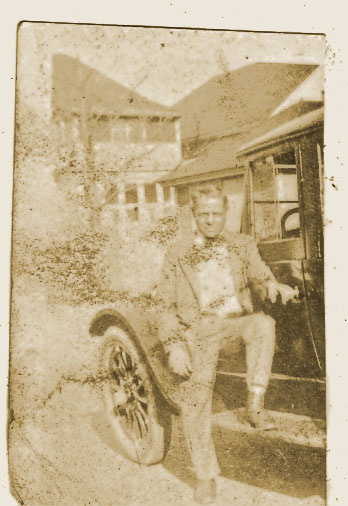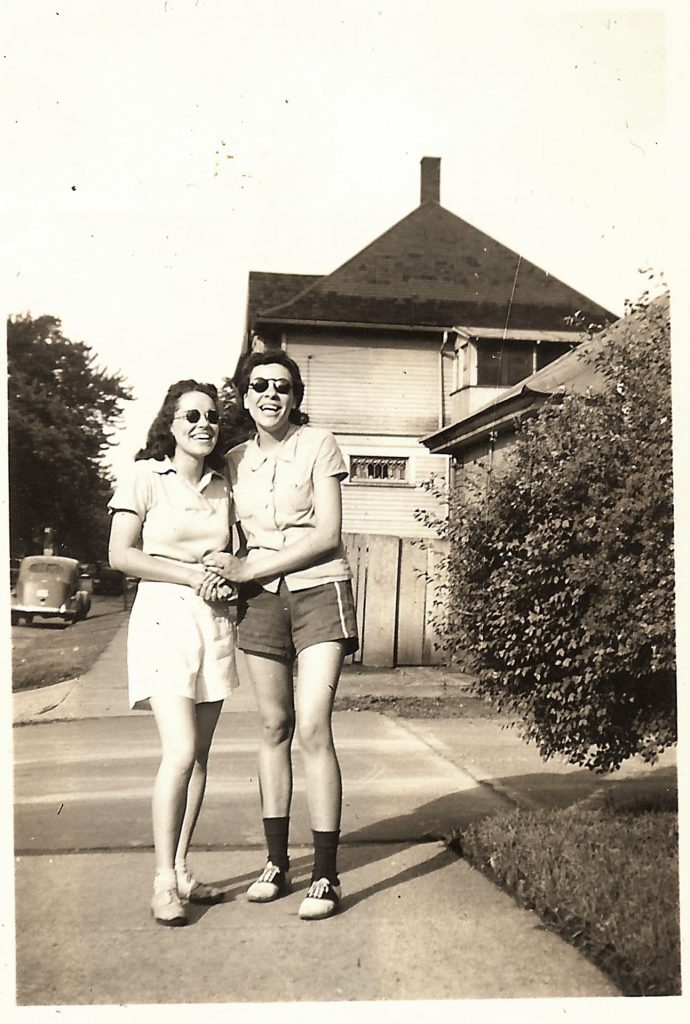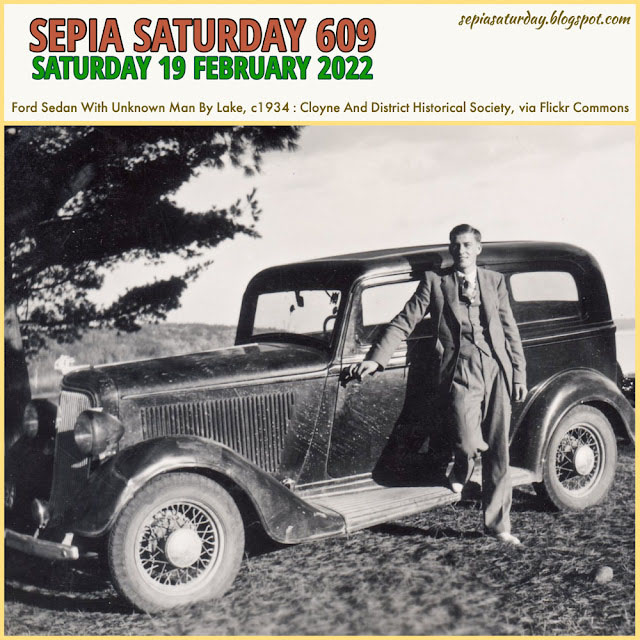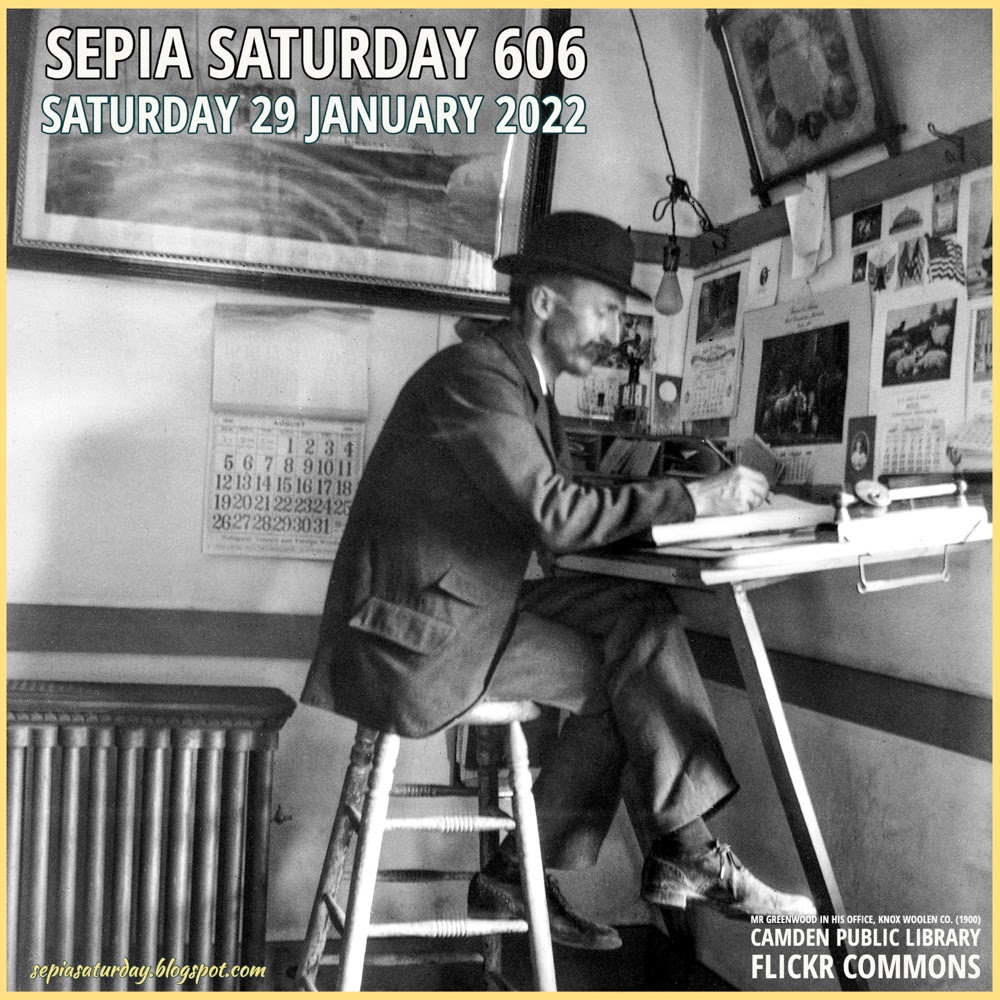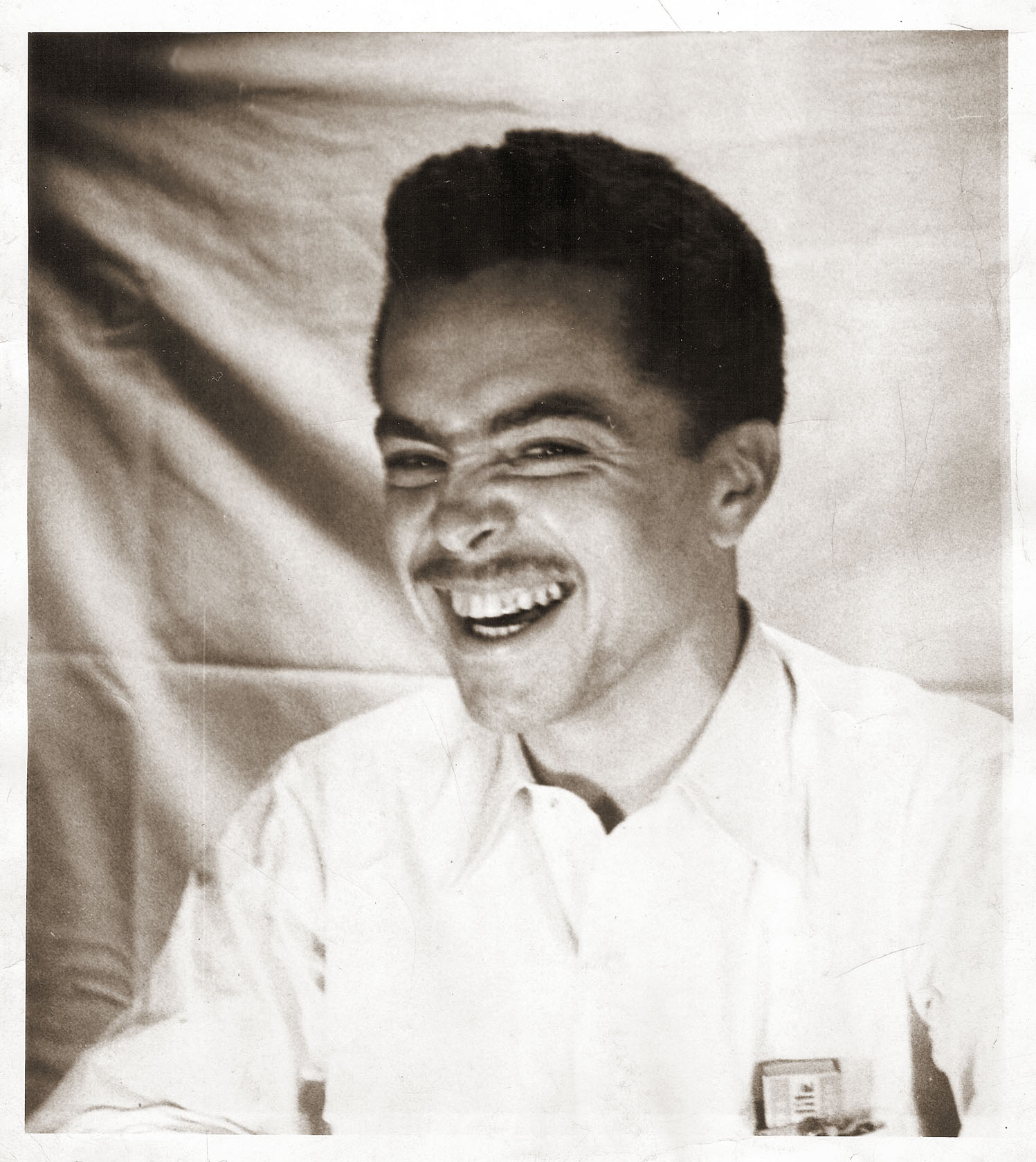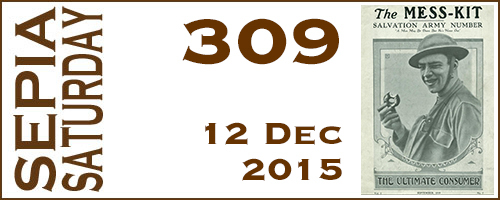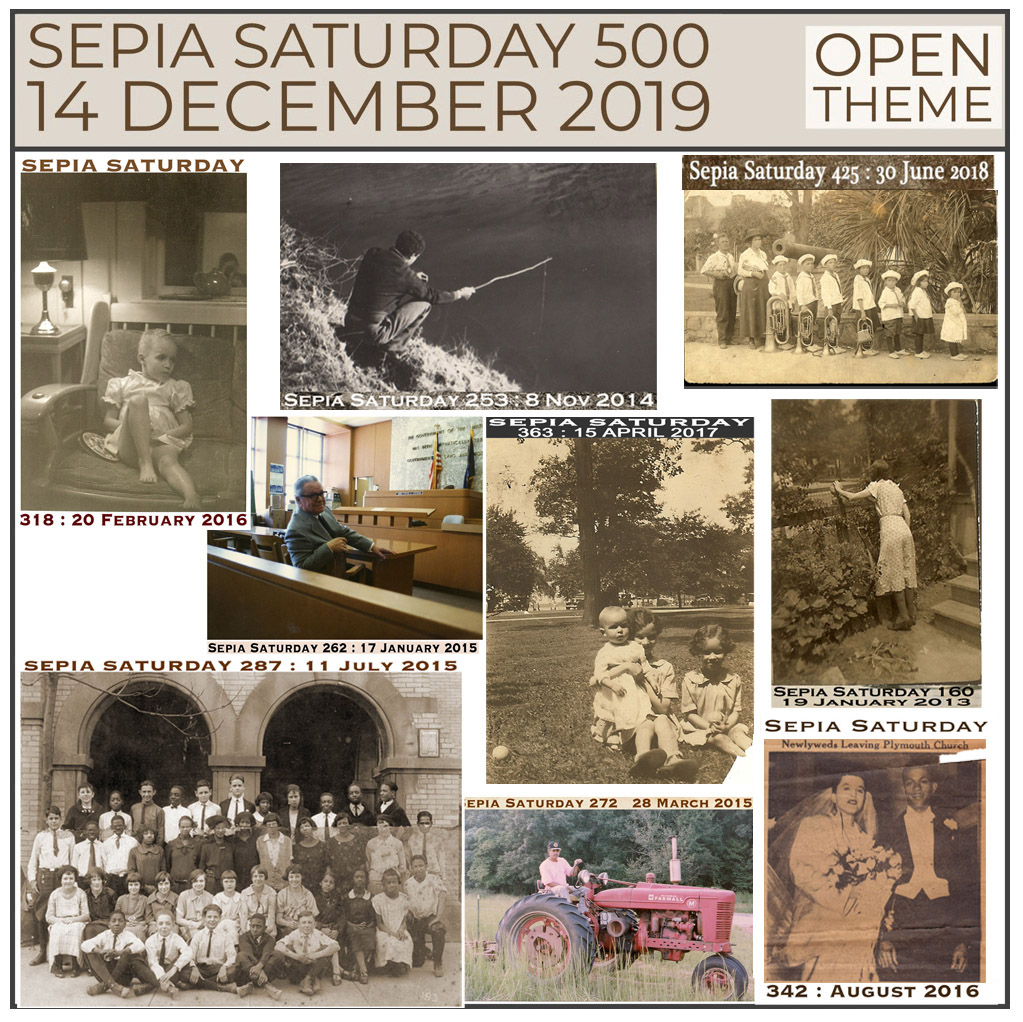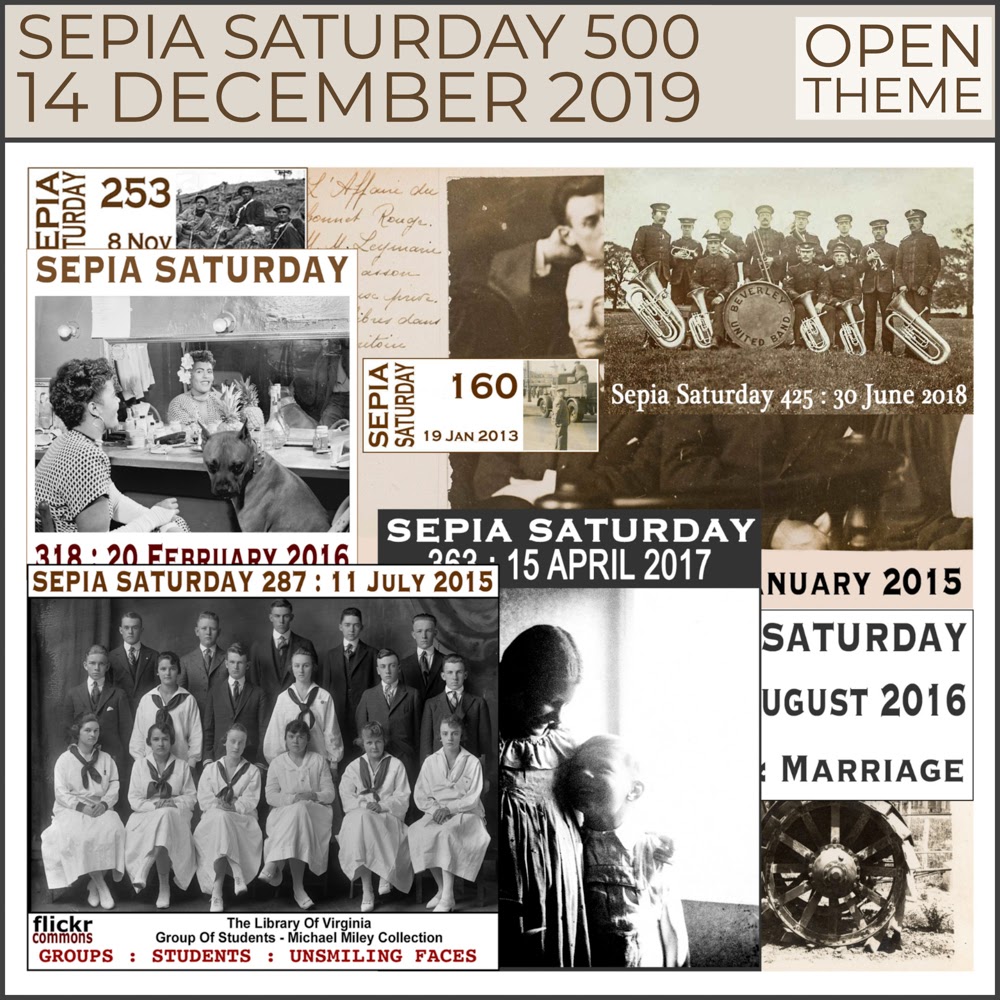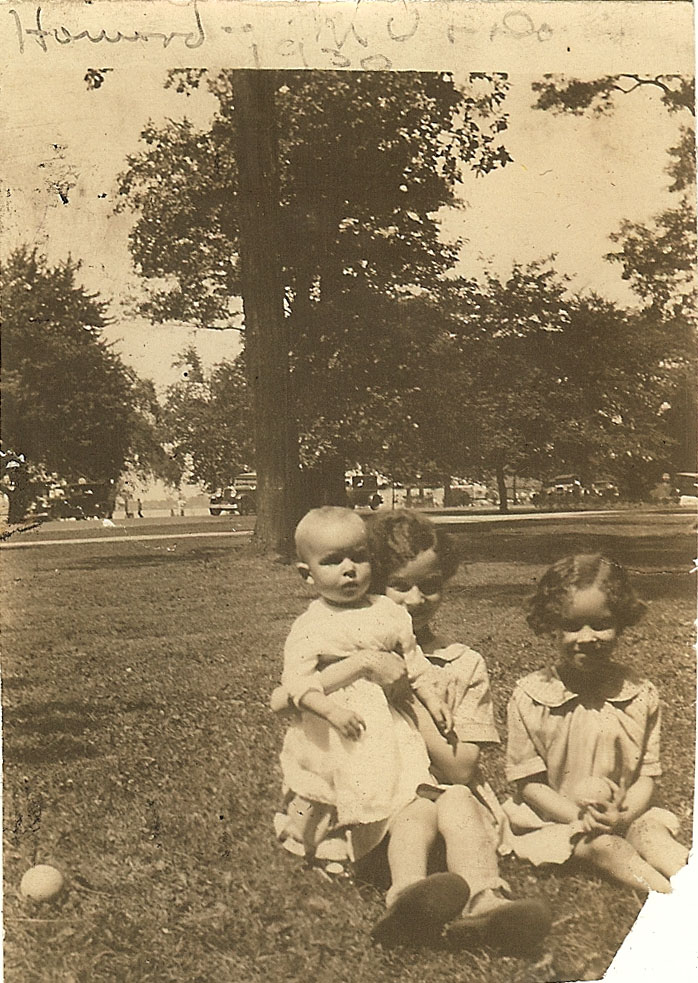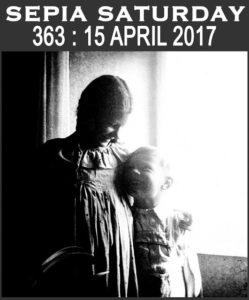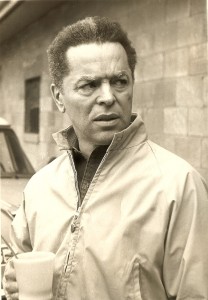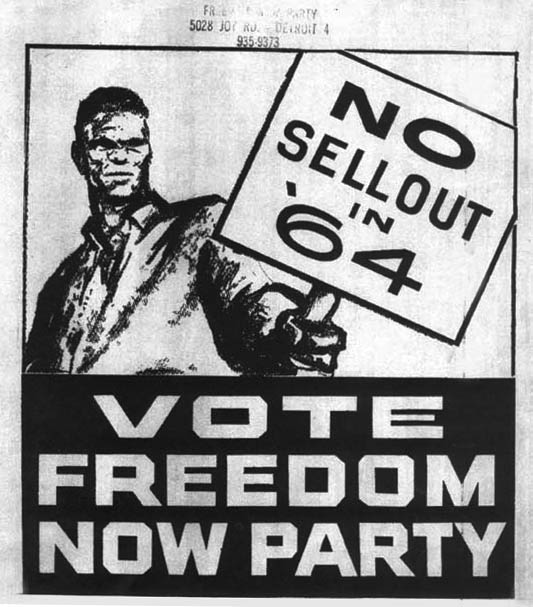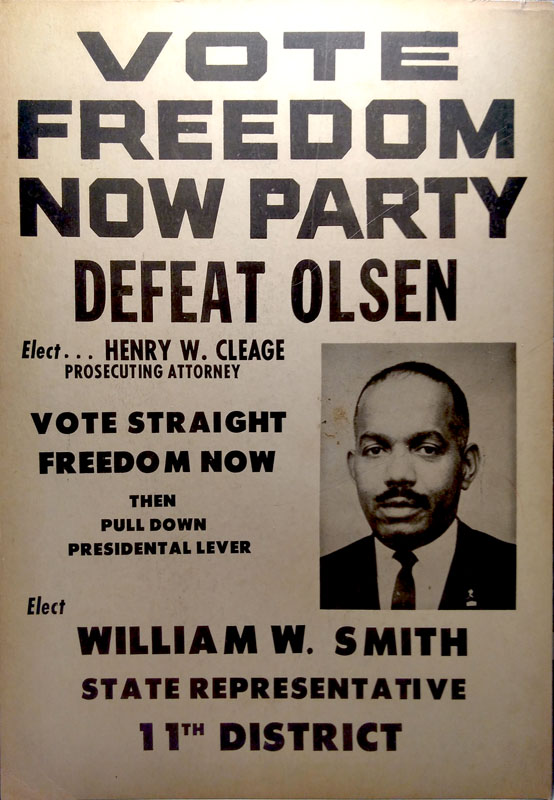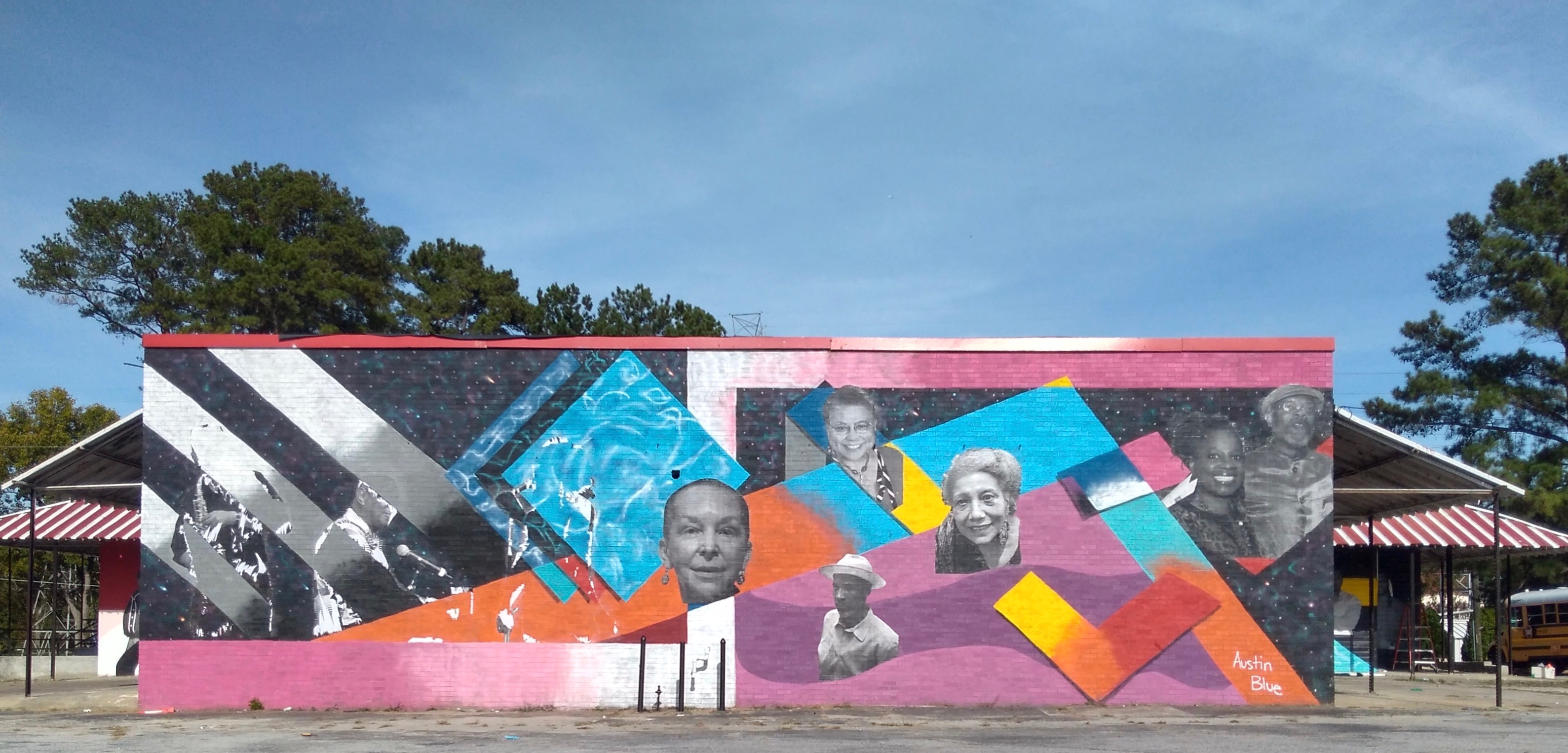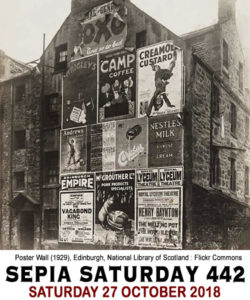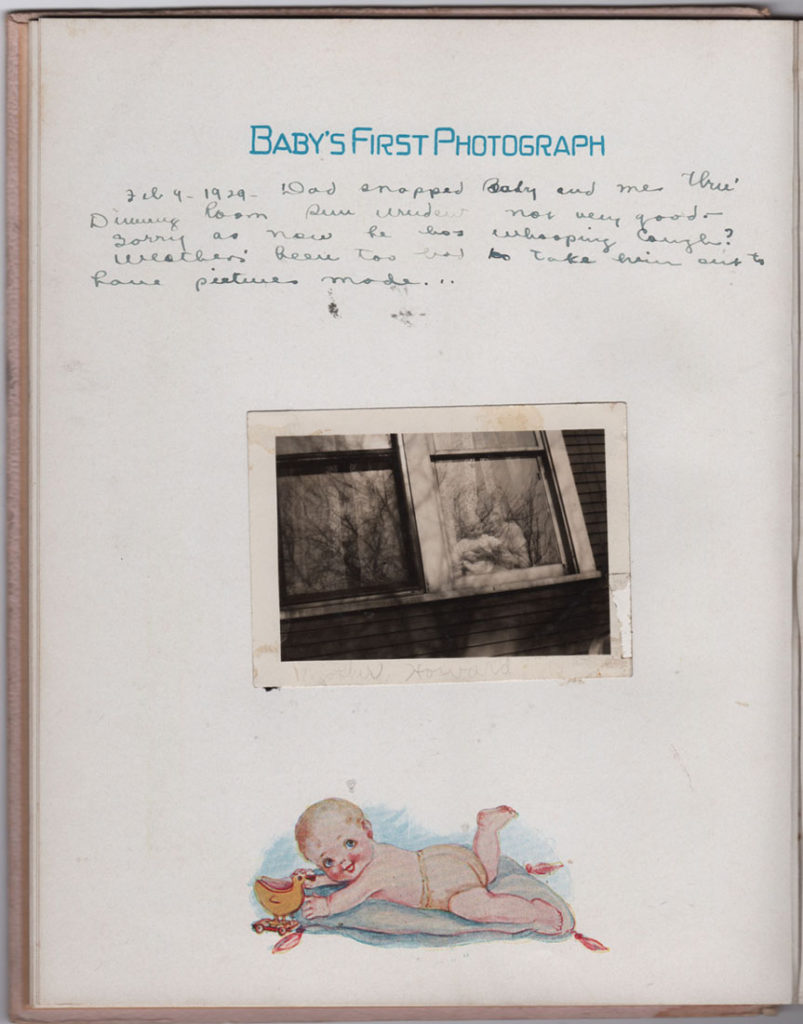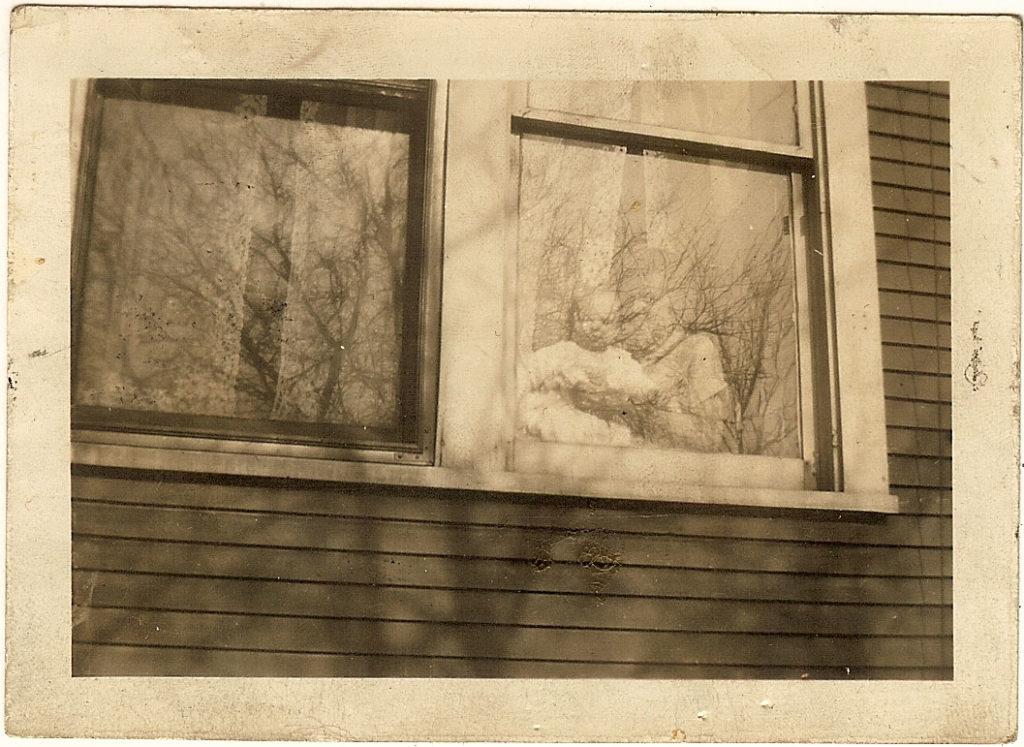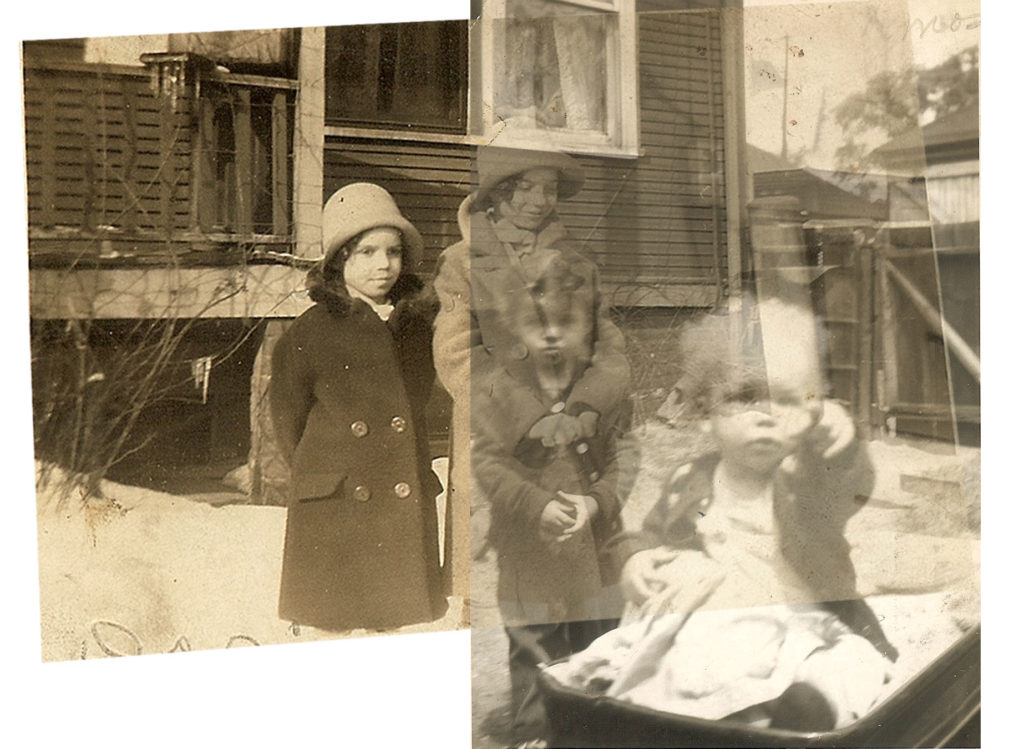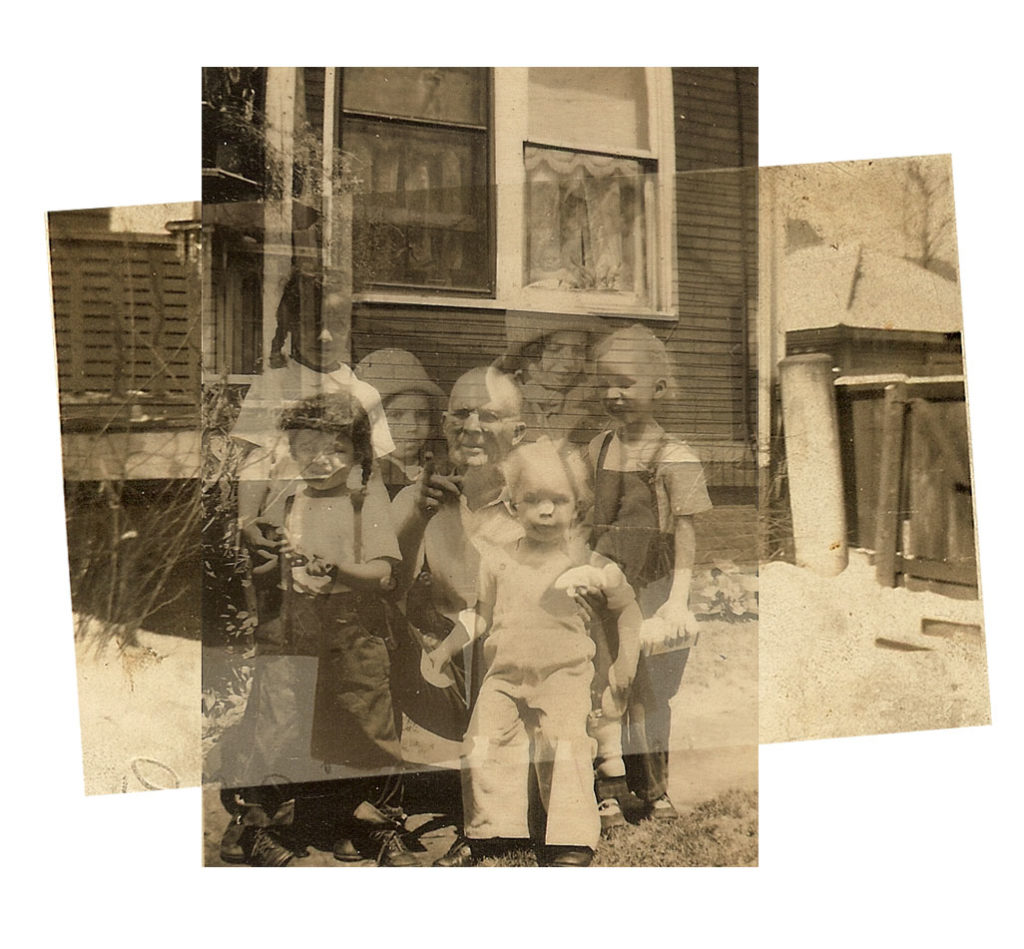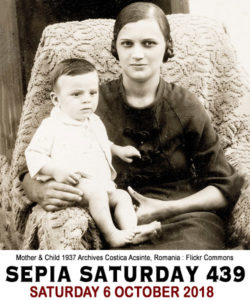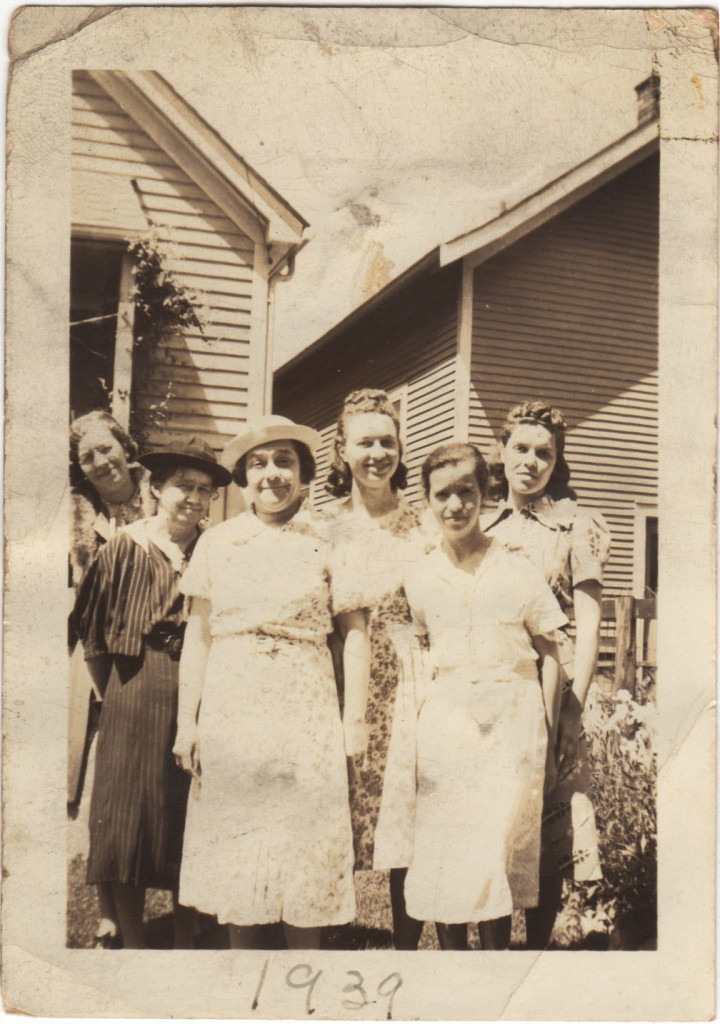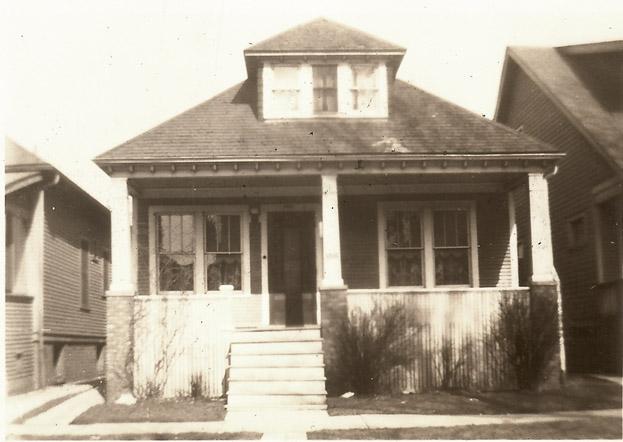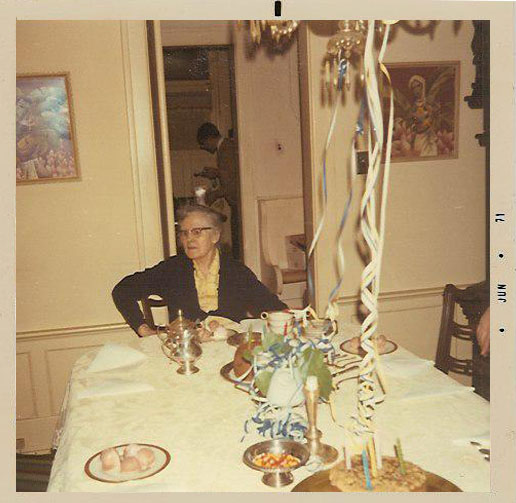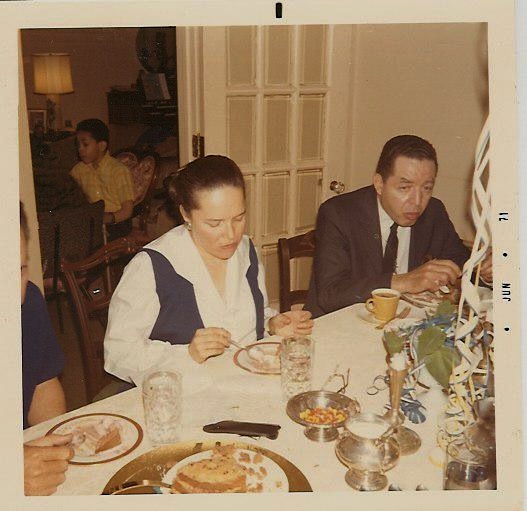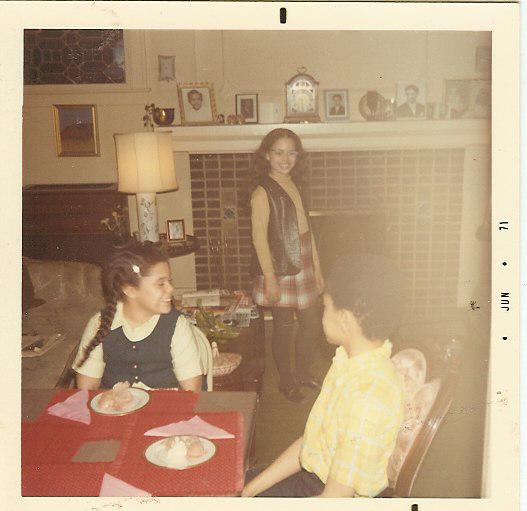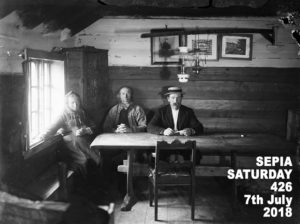This unlabeled photograph was found in my Graham grandparent’s photographs. It shows a young man standing in front of my grandparent’s house by a car, which may be their car. The background house is the same one in the photograph of my mother and her friend.
Although I believed this to be Caruso Martin, my mother’s second cousin because I thought he looksed like little Caruso in the photo below. I just received an email from a Martin/Martino descendant who informs me that based on having met Caruso, who was his cousin, he does not think that this mystery man is him. So, back to being an unidentified man with a car again. Oh well, those unidentified photos are so frustrating and now I’m wondering if when I think I’ve finally identified them, I actually haven’t. It was nice to meet a cousin through my blog at any rate!
In 1940 Caruso was living with his mother, his stepfather and three step-brothers in Detroit. His mother was born in Alabama and had four years of high school. She did not work outside of the home. His stepfather was born in Italy and had had no schooling. He worked as a machine repairman at an auto manufacturer. His income during the previous year was $2,000.
All of the young people in the house had been born in the United States and gone through the 8th grade. The oldest son was 24 and married. He worked as a garage man at the City Water Co. He earned $1040. His wife did not work outside of the home. The second son was 21 and unemployed, and had been unemployed all year.
Caruso was 19 and worked as a linen folder in a linen supply company. He had worked 52 weeks during the past year and earned $1,000. His 19 year old step-brother worked at the same place and made $988 during the previous 23 weeks.
Annabelle and Caruso were listed as “Negro”. The Champine’s were listed as “white”. Annabelle McCall Champine, Caruso’s mother, was the person who gave the information to the census taker.
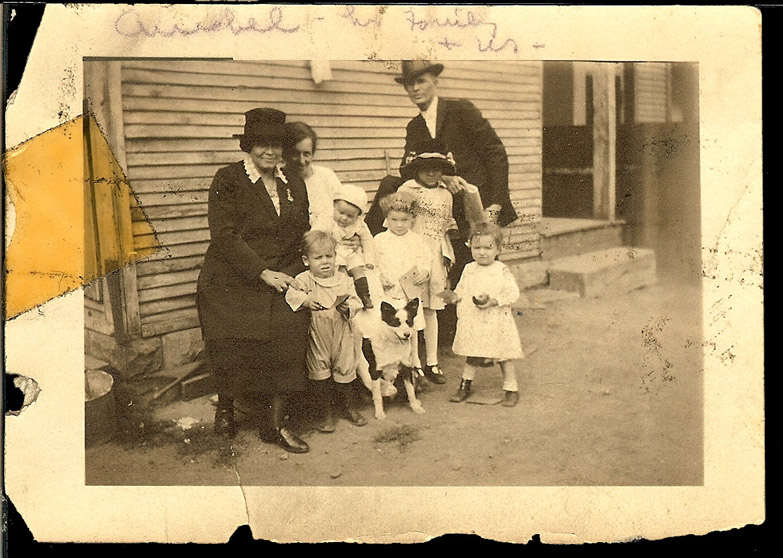
Below are two sad stories about the Martin family in 1923, when the husband and father died of typhoid while on a musical family trip from Florida to their home in Lima, Ohio.

Statesville Record And Landmark
Statesville, North Carolina 16 Jul 1923, Mon • Page 1
MARTINOS ARE HAPPY AGAIN
Their Mother Returns From a Business Trip to Ohio- Children Were Jumpint to a Conclusion That She Had Deserted Sick Husband – Bible Classes Make Contribution.
The Martinos are happy again- as happy as a family can be when their father lies seriously ill. Their mother came back to them yesterday afternoon and Welfare Officer W. W. Holland and a group of representative Statesville women who heard her story today at his office are convinced that the children were jumping to a conclusion when they assumed she had deserted them and her sick husband for another man. “When I heard how well-bred the children were, I knew their mother was the right kind of woman,” remarked one of the group. “I wasn’t ready to believe the story about her.”
The trouble came about in this way, Mrs. Martino stated. Jeff her son by a former marriage, couldn’t get along with the Martino boys, sons of her husband by his first marriage. When they got into trouble, she could not side against her own son, she remarked; he was as much hers as the other children. Matters came to a head when her husband gave Jeff a whipping and put him outside to ride on a fender – they travel from place to place in their truck.
The only way out, she decided, was to take her son to her mother. This she did, pawning two of her rings in Salisbury to buy tickets to their home in LIma, O. She had no idea of going off with their manager, she said: and that she left Salisbury the same day she left her family, leaving him there. “He was nothing but a spendthrift,” she said; “I would have been ambitious – a mother of children – to have gone off with him, wouldn’t I?”
Letters have passed between her husband and herself since she went away. At Lima, where they are paying on a home, she planted her garden and wrote to her husband asking him to bring the children there, she said. She wanted to quit the road anyway, as it no longer agreed with her. Mrs. Martino gives the impression of being a thoroughly good woman and the children were more than glad to have her back again. The The other two children she took with her to Lima returned with her.
Yesterday morning the five children who were here played several sacred selections at the Men’s Bible class of the Broad Street Methodist church. Mr. Holland related their story. The members contributed #91 to a fund for their benefit. Contributions from another class brought up the total to $104. Their father remains seriously ill at the Davis Hospital with typhoid, though reported slightly better today.
Note: In 1923, Anna Belle’s mother, Mary Allen McCall lived in Detroit. Perhaps the photo taken above with my grandparents was taken during this trip to drop off her oldest son. The youngest three children are in the picture and they accompanied her.
_____________________

Statesville Record And Landmark
Statesville, North Carolina 23 Aug 1923, Thu • Page 1
Death Claims E. N. Martino
Father of Italian Children Emcamped at Court House Passes Away After Protacted Illness.
Mr. E. N.. Martino died died Monday at Davis Hospital, after a protracted illness. He was brought here some weeks since from Mooresville, where he had stopped with his family in their journey by truck from Florida to his home in LIma, Ohio. At one time he had rallied to treatment an his recovery was anticipated. He was 56 years old. The funeral service and interment were at Oakwood cemetery Tuesday at 4 o’clock with Rev. John W. Moore officiating.
Surviving are the widow and eight children, all but one here with her, encamped by their truck on the north side of the court house. They are Napier, Estill, Anna Maria, Eddie, Geneva, Thelma and Caruso, three years old. The oldest son is 1. Mrs. Martino plans to leave for for Lima, where they are paying on a home, next week.
_____________________
For more about the Martin family, including photos, click these links
Oh, Dry Those Tears! (1901)
The Midget Band
More About Annabell’s Family
